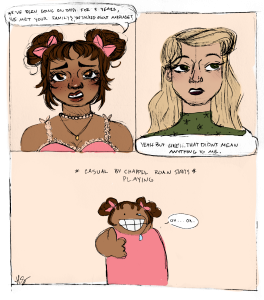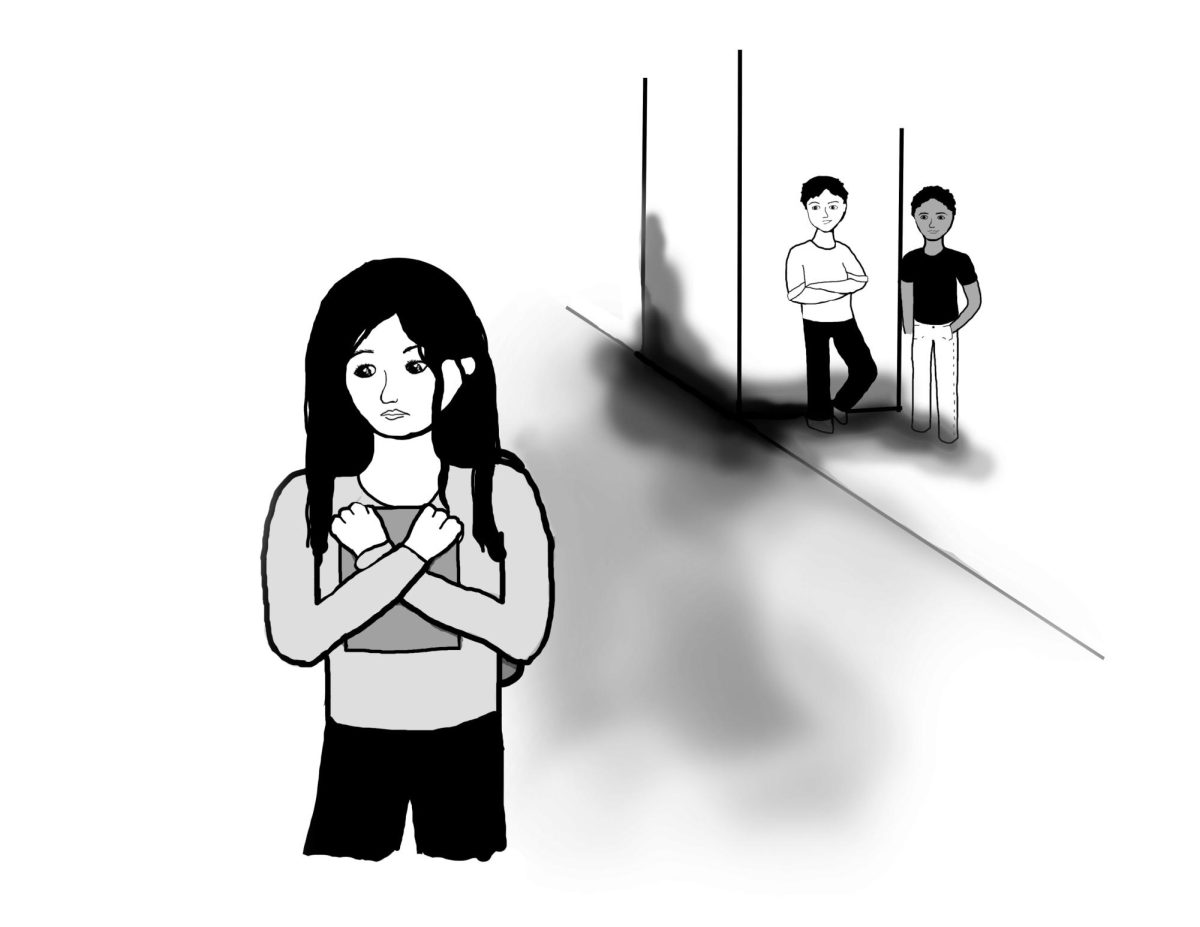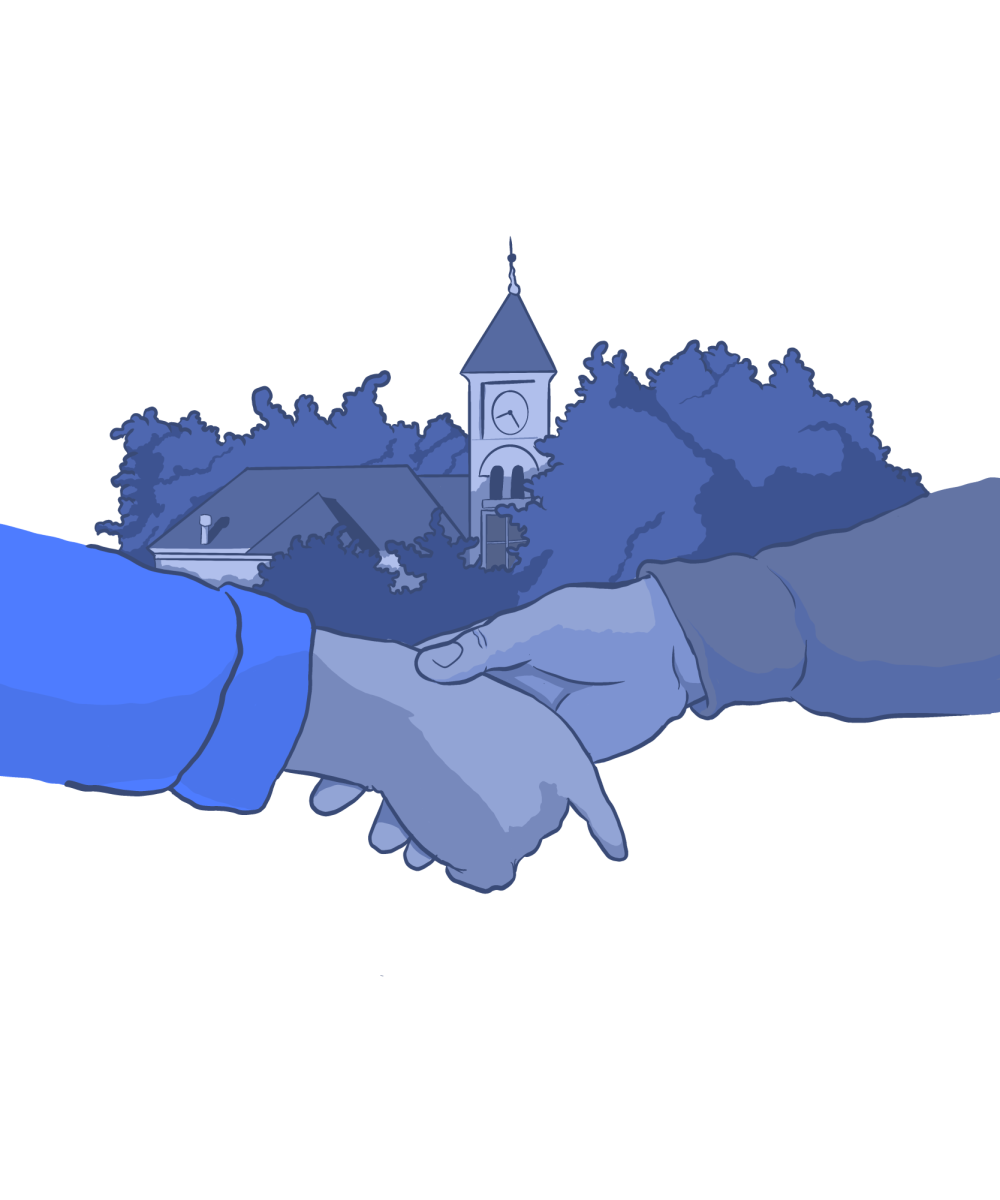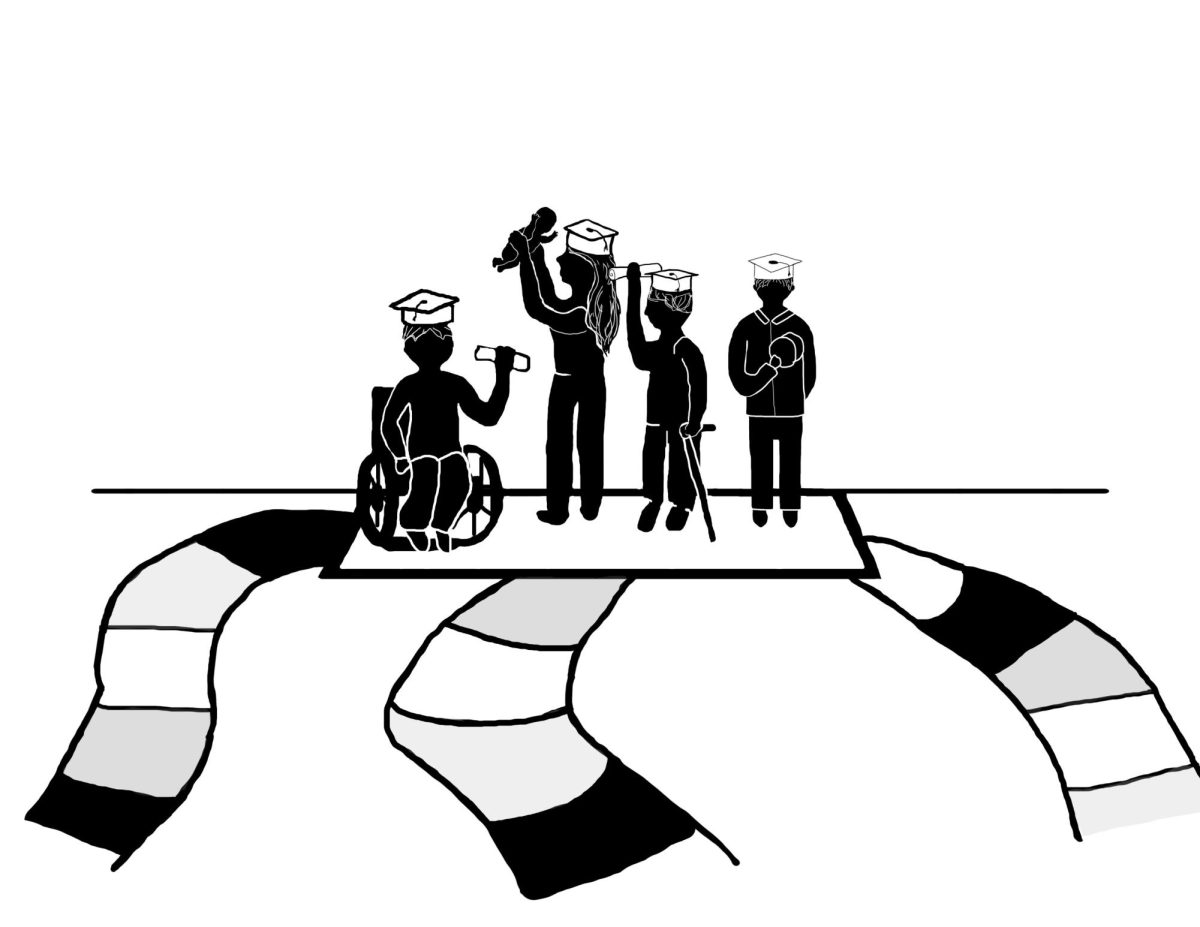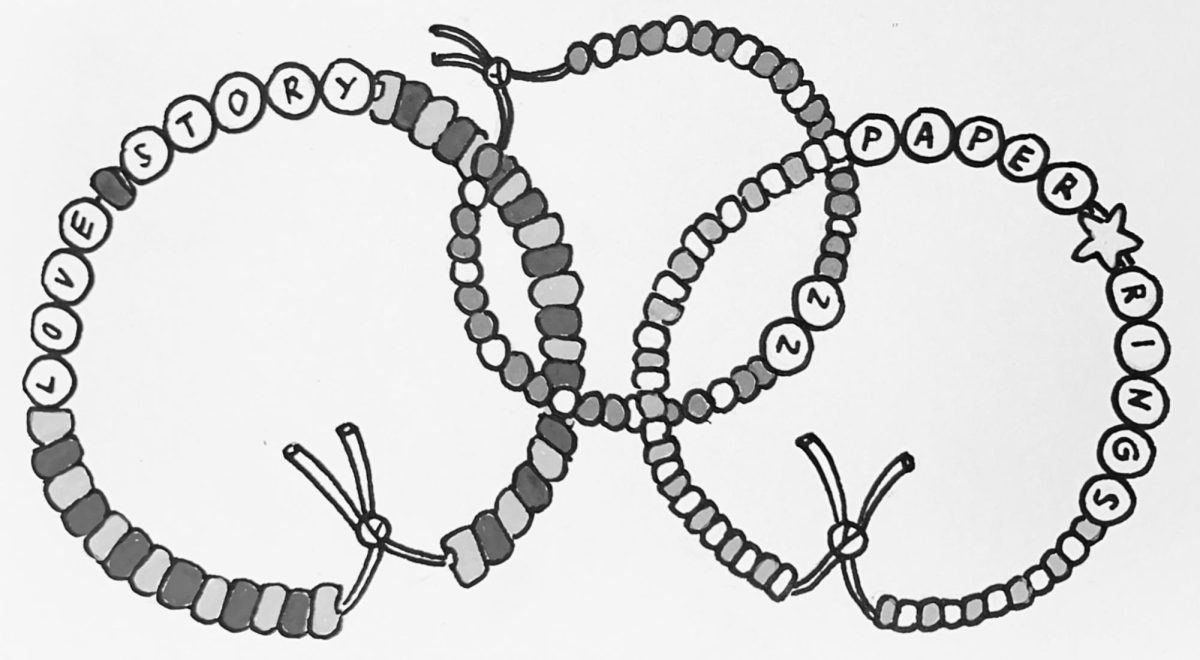Clothing is an anomaly. Humans are the only species that wear it, and we wear it as if the very act of covering our bodies is a complicated art form. As Mark Twain famously noted, “The finest clothing made is a person’s skin, but, of course, society demands something more than this.”
Fashion has become a sociological key in understanding all kinds of groups of people. From Northern Africans to the Southern Alabamans; from the yuppiest of the yuppies to the hippiest of the hippies; from senior citizens to infants to adolescents to middle-aged people, there’s at least an expected dress code for everyone. Whitman is no exception.
“Whitman has its own kind of style. It’s difficult to put your finger on. It’s sort of Northwest-dressed-down. It’s a kind of fashion but it’s not upscale fashion. It seems to be kind of the opposite in some ways, kind of like anti-fashion,” said Professor of Sociology Bill Bogard.
Many students have cited this casual, outdoorsy attitude as a major influence on the typical Whitman wardrobe. Chacos, Tevas and Northface jackets were all repeatedly mentioned as clothing staples on campus.
“It definitely seems like the majority of people here go for comfort more than haute couture,” said sophomore Iris Alden. “I think a typical Whitman outfit would be jeans, flip-flops and a sweatshirt or jacket-type thing.”
But Alden added that her own style, which she described as “comfortable in a classic sort of way,” isn’t out of place at Whitman.
“There’s definitely a large demographic of people who have Timbuktus and Birkenstocks and more fleece than I do. But really I think it’s about 50-50 between the outdoorsy folk and the non-outdoorsy folk,” said Alden.
While a more laid-back, outdoors-bound wardrobe may be archetypical at Whitman, most students agreed there is no single look that defines the campus.
“I don’t think there’s really a Whitman style,” said sophomore Jane Collins. “I think at a lot of other colleges, particularly colleges on the east coast, you might see that a lot more.”
Sophomore Obreanna McReynolds, who called her own sense of style “fairly eclectic,” said that she noticed a “fashion spectrum” at Whitman.
“Even within the jeans and Chacos image there’s plenty of room for variation, and there are definitely some people who care more about what they wear than others. It’s fun to watch freshman who dress up really nicely in the first weeks of school start to figure out that there’s really no need to put a lot of time into what you wear, unless you genuinely enjoy doing it,” said McReynolds in an e-mail.
Regardless of this spectrum, however, the generally favored fashion statement on campus has a unanimously casual, comfortable emphasis. This trend, like all trends, comes with an underlying consciousness of appearance.
“I think there’s always pressure associated around fashion, even when it’s anti-fashion,” said Bogard.
“There is a kind of fashion code that operates at Whitman. Maybe that code is to dress down a little bit and to disguise your class or status.”
McReynolds also noticed a kind of pressure surrounding the seemingly casual clothing culture on campus.
“I think fashion at Whitman is more important than a lot of people think,” said McReynolds. “There’s actually a negative judgment that comes along with caring, or even knowing, about designers and labels and things like that. I have friends who I can talk to about clothing with, and friends who will roll their eyes at me when I mention that the Paige Premium jeans that I just got on eBay have a special credit card pocket.”
Julie Grimm, a sophomore from Massachusetts, said she noticed that even casual dressers are acutely aware of what they’re wearing.
“Even the outdoorsy people are paying attention to their outdoorsy gear. They buy name-brand jackets for a very specific purposes,” said Grimm.
Grimm also said she noticed a difference between the way people dress on the East Coast in contrast to the West Coast. Collins, who also went to high school in Massachusetts, agreed.
“The west coast has a very casual attitude towards life and school and that definitely comes across in fashion, I think,” said Collins.
Senior Johanna Allen said that Whitman students’ political mantras largely contribute to how they dress.
“Many of my friends are concerned with how and where and by whom and from what their clothing is made: at this school it is cool to dress in a socially-, politically-conscious way,” said Allen in an e-mail.
She added, though, that the socio-economic demographic of Whitman contributes to the popularity of these styles.
“These fashion trends are limited to a privileged population, as in not everyone has the means to choose what they wear, but I see it as a good thing when we think critically about our decisions, including how we choose to dress ourselves.”
The college lifestyle in general likewise contributes to the way Whitman students dress.
“Having an irregular sleep schedule and having to get up for classes when you stayed up really late definitely influences what I wear. If I get up and have plenty of time to take a shower, I’ll wear nicer things. But if I don’t have that kind of time I’m more inclined to wear the shirt that I slept in to class,” said Alden.
Walla Walla’s comparable shortage of varied major department stores and independent clothing boutiques can make staying on top of the latest trends unrealistic for the typical Whitman student. Some students frequent thrift stores like The Humane Society Thrift Store or Goodwill to find unique outfits, while others buy many of their clothes at the local Macy’s, but generally students feel they must leave town to really dress the way they want.
“I think Walla Walla has a huge influence on Whitman in general, just because there’s not a whole lot to offer and so the campus becomes very centered around the school itself. It makes sense that people feel more comfortable dressing comfortably here because this is like your home. You don’t feel like you’ve gone out necessarily, you feel like you’re walking around your home base,” said Collins.
For Grimm and fellow sophomores Cadence Ellington and Sarah Trowbridge, other students are the best resources for new clothing options.
“We have a lot of clothes swaps among my circle of friends. Everyone just puts all their clothes in a big pile and you can just kind of grab whatever you want,” said Trowbridge.
Clothes are often an indicator of separations of smaller cliques and groups, even within the campus.
Many students feel their clothing choices separate them from others on campus and can even serve as a creative outlet.
“I think my style stands out a lot compared to everyone else’s because I’m not as tame as the general population as far as fashion goes. I’ve noticed most people I talk to just wear clothes because they have to. They buy whatever’s there and they don’t really think about it,” said first-year Susannah Frew, who identified her individual style as “strange and eclectic.”
Junior Lizzie Porter-Roth agreed, and said that she thought a greater consciousness of clothing could contribute to a better all-around sense of self.
“I think that when I take time to think about what I’m wearing, I feel better about myself in general, and I’ve heard a lot of people say, ‘I wish I was wearing something other than sweat pants.’ I say, ‘Go for it.’ Style is an artistic expression. You can change what you’re wearing every day, and that’s really exciting and I don’t think people take advantage of that enough.”
Junior Valerie Lopez said this function of fashion as an expression of self is an important component to campus life.
“I think when fashion is used as an extension of yourself and as an avenue for any kind of non-trivial statement, it’s important. Visually, it brings diverse individualities to the Whitman plate,” said Lopez in an e-mail.
Bogard said that while fashion can serve many purposes, and can at times be socially constraining, it is ultimately one of the fun parts about being human.
“I think some people can feel pressure to conform but for the most part, fashion is like a language. It’s fun. It can be like poetry and express your individuality,” said Bogard.



